We traditionally think of soldiering as a temporary occupation. Wars begin, men join up, and they fight for the duration. When the struggle is over, they return to their homes and their loved ones and try to get on with their lives. The model in the West has always been the early Roman army, farmers tilling the soil in peacetime and then responding to the call of duty when enemies threatened the Republic. The citizen-soldier (or “yeoman farmer”) is still our cultural ideal.
It’s an inspiring narrative, but what if it isn’t always true? What if a man cannot stop soldiering, even after wading through blood for four long years? What if he has just fought the most terrible war of all time, and it still is not enough? What if we trained killing ma-chines that we couldn’t turn off? In the difficult years following World War I, Germany found itself faced with all of these questions, and none of the answers was very reassuring.
Meet the Freikorps.
Rise of the Freikorps
While World War I ended in 1918, the years that followed were almost as horrible as the war itself. In Germany, a once proud people were drinking defeat to the dregs: humiliation at the hands of their enemies; starvation from the Allied naval blockade, which continued into 1919; even the ravages of plague, in the form of the global influenza epidemic.
The glory days were gone, and so was Kaiser Wilhelm II. Germany was now a Re-public, and power was in the hands of the moderate Social Democratic Party of Germany (SPD in the German), under the leadership of Friedrich Ebert. As in all revolutions, however, the early weeks were filled with stresses and strains. Right-wing supporters of the monarchy were off-balance for the moment, but rival parties on the left were already on the march, especially the more extreme Independent Social Democrats (the USPD), as well as the Spartacus League (Spartakusbund), (Germany’s nascent communist party under Karl Liebknecht and Rosa Luxemburg). Moreover, as the central government had melted away in the fall of 1918, power in most German cities had fallen into the hands of hastily formed “Workers’ and Soldiers’ Councils” (Arbeiter- und Soldatenräte), “soviets” that had sprung up more or less spontaneously. Anyone who had lived in Europe during the past two years could read the tea leaves: it was the same revolutionary path that Russia had taken, and Ebert probably went to bed at night wondering whether he’d still be in charge when the sun came up, and maybe whether he’d even be alive.
International tensions were just as severe, with newly established states on the periphery casting aggressive eyes on German territory. The resurrected land of Poland, for example, had claims on almost all of the Reich east of the Oder river, and indeed Polish nationalists in Posen would soon rise up and seize control of the city, as well as the wealthy province surrounding it. Behind the Poles, of course, lay an even graver threat: Soviet Russia, proclaiming a revolution without borders and making no secret of its intent to carry Bolshevism to the rest of Europe on the bayonets of the Red Army.
Normally, with enemies howling for your blood, you call on the army. Unfortunately, Ebert no longer had one. Early in the revolution, he had signed off on a pact with the High Command--Field Marshal Paul von Hindenburg and his able chief of staff (actually “Quartermaster General”), Wilhelm Groener. The officer corps pledged to defend the new Republic, and in return, Ebert promised to support the army, to restore law and order, and to do everything in his power to resist Bolshevism.
It was a marriage of oddfellows, a moderate socialist cozying up to the militarists, and the early returns were not encouraging. For all their promises, Hindenburg and Groener no longer had an army, either. They were now deep into a thorny technical problem: bringing home their defeated but immense army from the four corners and Europe and demobilizing it in an orderly fashion. Part one went off pretty well, considering that some German formations lay as far away as the central Ukraine and that the road and rail network of Eastern Europe--never robust in the best of times--had broken down under four years of war. Units returned home on schedule, under discipline, and Hindenburg managed to avoid the night-mare of a broken German army pillaging its way across Europe in marauding bands.
Part two--the demobilization--was a disaster. Once those returning formations crossed the German border, they tended to dissolve. Officers lost control, the men fled, and even record-keeping (the signal virtue of the Prussian-German army) broke down. A classic example was the great military parade in Berlin on December 10th, 1918, to greet twenty divisions of the returning army at the Brandenburg Gate. Having marched into Berlin and assembled there for the festivities, the soldiers melted away in the aftermath, simply vanished. “The pull of being home for Christmas,” Groener later wrote with considerable understatement, “proved itself stronger than military discipline.”
With the regular army gone, the High Command began to encouraging individual officers to recruit independent volunteer units, or Freikorps. Hindenburg and Groener were in touch with commanders on all levels who were ready to serve, and these officers, in turn, knew men in their ranks who were willing to stay with the colors. In the next few months, the once great German army gave way to a kaleidoscopic mix of units with different sizes, shapes, and capabilities, all more or less supported logistically by what was left of the old army’s quartermaster service. The designations varied, with most named after their place of origin or, more likely, their commanding officer, the man who had formed the unit and the charismatic figure who held it together. The Ehrhardt Naval Brigade, the Haase Free Corps, the Freiwilligen Landesjägerkorps of General Ludwig R. G. von Maercker (and thus usually “Maercker’s Volunteer Rifles”), the Lüttwitz Corps, the Hülsen Free Corp, and many, many more: it was a bewildering array, and it would take a brave man indeed to try to list a comprehensive order of battle.
We understand the officers: the army was their life. But who were these soldiers and why did they remain in uniform? Their reasons varied. Some had no home to which they could return--or at least felt that way. Others had come to crave the bonding that is unique to men under fire. Some were legitimately unhinged after four years of mud, blood, and bombardment--the unholy trinity of trench warfare. And many were too young to have fought in the war at all, a fact that has generally gone unrecognized in studies of the Freikorps, and were eager to grab a chance for glory.
Politically, a “freebooter” (Freikorpskämpfer) was a man of the Right, but he was more than that. He was also a hater. He hated the revolution, hated the new German Republic, hated the Socialists who led it and the Communists trying to replace them. Indeed, he hated civilians in general. He believed that Germany had not lost the war but had been “stabbed in the back” by the same pack of traitors now ruling in Berlin. He might have had a sentimental attachment to the old Germany of the Kaiser, but he was savvy enough to realize that those days were gone forever. While most of his ideas remained inchoate, he yearned for a powerful Germany united under a strong leader (Führer), a political system stamped with the same military virtues of authority and obedience as the army at the front.
Campaigns of the Freikorps
While their republicanism was suspect, these ad hoc units soon proved themselves to be tough fighters. The first Freikorps went into action along the Polish border in December 1918, fighting collectively as Grenzschutz Ost (“Border Defense East”), but their center of gravity soon shifted to the domestic front. In January 1919, the Spartacus League (now re-named the Communist Party of Germany, KPD) staged an uprising in Berlin. Armed workers seized control of much of the central city, including train stations, public buildings, and the offices of the major Berlin dailies, and Liebknecht declared the Ebert government deposed.
It might have worked a few weeks ago, but the government now had just enough Freikorps on hand to crush it. Leading the effort was the Minister of Defense in the Ebert cabinet, Gustav Noske. A lifetime socialist, but also a law and order man (not that odd a combination in the Social Democratic Party), he set up headquarters at Dahlen and began organizing and arming the various formations. He knew it was going to be dirty work, but someone had to be the “bloodhound,” as he put it.
A week of gritty street fighting ensued, but it was an uneven fight from the start. The Freikorps--Reinhard’s Free Corps (Colonel Wilhelm Reinhard), the Potsdam Free Corps (Major Franz von Stephani), the “Iron Brigade” from Kiel, under Noske’s direct command--held all the high cards. They had clear lines of command, trained soldiers, and the sophisticated assault tactics (Stosstrupptaktik) they had learned in the late war. They could even call upon a full range of support weapons if needed: artillery, flamethrowers, and armored cars.
As a result, “Spartacus Week” saw the Freikorps clearing Berlin, routing out bands of indifferently armed rebels, and invariably killing them. This last fact deserves emphasis. Civil wars are always brutal, but the zeal with which the Freikorps went about their business was out of all proportion. They killed during and after battle with equal gusto, and any prisoner unlucky enough to fall into their hands could usually expect a bullet or a gun-butt to the back of the head. Indeed, each and every Freikorps man who wrote his memoirs bragged about it in print.
Their most infamous victims were the KPD leaders Karl Liebknecht and Rosa Luxemburg, captured by soldiers of the Guards Cavalry Rifle Division (Garde-Kavallerie-Schützen-Division). Their captors first clubbed them senseless, then shot them for “attempting to escape,” perhaps the first use of this characteristic 20th century phrase. Luxemburg was small, physically frail, and suffered from a childhood hip ailment that left one leg longer than the other. It is difficult, to put it mildly, to imagine her trying to escape from a troop of heavily armed soldiers. In classic gangster style, her killers tossed her body into the icy waters of Berlin’s Landwehrkanal and dumped Liebknecht’s corpse without any identifying information on the steps of a local mortuary.
Spartacus Week set the pattern for the Republic’s first year. Leftist uprisings rolled across the country in 1919, first in the northern ports of Bremen, Bremerhaven, and Cuxhaven, then in the heartland provinces of Westphalia and Brunswick, then in Leipzig. The Freikorps crushed them all with maximum brutality. A second wave of KPD violence roiled Berlin in March, again followed by an even bloodier wave of Freikorps terror. In April, a left-wing coup toppled the state government of Bavaria and installed a “Bavarian Soviet” in Munich. Freikorps from all over the Reich rushed to Bavaria, crushing the Soviet regime by May. There had been a “Red Terror” in Munich, to be sure, with arbitrary arrests and killings, but the “White Terror” that followed exceeded it many times over.
In the end, the Freikorps kept the Republic in power, but could also be more trouble than they were worth. A Germany crawling with thousands of heavily armed soldiers was hardly going to be acceptable to the victorious Allies. In March 1920, under Allied pressure, Ebert ordered the most of the Freikorps disbanded. In response, one of the soon-to-be-demobilized units, the Ehrhardt Marine Brigade, rose up in revolt and occupied Berlin. Troops of the tiny regular army, the Provisional Reichswehr, stood aside and offered no resistance. Some of it was due to the army’s small size, but there was also undeniable sympathy within the regular ranks for the uprising. As army commander General Hans von Seeckt put it, “Troops do not fire on troops.” The mutineers installed a new right wing Chancellor, Wilhelm Kapp, and the attempted coup has gone into the books as the “Kapp Putsch.”
Running Germany proved to be more difficult than occupying Berlin, however. The Social Democrats finally showed some muscle by calling the workers out on a general strike, paralyzing the great city of three million people. With the Berliners uncooperative and no support materializing outside Berlin, the Putsch soon collapsed. As the Ehrhardt Brigade was evacuating the city, it left behind what we can only call a typical calling card, opening fire with rifles and machine guns on a huge civilian crowd and killing several hundred people. Far from being an anomaly, it was a perfect expression of the freebooter’s civilian-hating ethos. It was the Freikorps being Freikorps.
The Freikorps proved equally troublesome to German foreign policy. They actually conducted two major “international” campaigns in their brief history. In spring 1919, they marched off to the Baltic region to fight alongside the new Latvian army. Their mission, approved by the Allies, was to help stiffen Latvian defenses against the Red Army. Naturally, the Freikorps soon exceeded their brief, overthrowing the duly constituted Latvian government of Karlis Ulmanis, openly discussing plans to colonize the region, and actually storming the capital, Riga, on May 22, 1919. They also carried out the usual massacres, shooting 500 Latvians suspected of Bolshevism in Mitau, 200 more in Tukkum, and another 125 in Dünamunde. The death toll in Riga would be nearly 3,000.
Unfortunately for the Freikorps, they had just “conquered themselves to death,” as the commander of the “Iron Division,” Major Josef Bischoff, put it (“Wir haben uns totgesiegt!”) There was zero chance that Allies would permit a German-dominated state on the Baltic littoral. They put pressure on Ebert, Ebert pressured the high command, and orders went out almost immediately for the recall of the whole force. While some tried to stay on and serve in the army of the White Russian adventurer Prince Pavel Bermondt-Avalov, most had no choice but to comply with their orders and return to Germany.
The second campaign took place in Upper Silesia, a trouble spot of mixed Polish-German population. The Allies had scheduled a plebiscite here for March 1921, a vote to as-certain the wishes of the local inhabitants as to future affiliation. Tensions ran hot, however, and as the vote neared, ethnic clashes, claims of harassment, and acts of violence on both sides wracked the province. The power structure of Upper Silesia was still German, few Poles expected a fair plebiscite, and there were Polish uprisings in both August 1919 and February 1920. When the actual vote resulted in a clear German victory (60% to 40%), the Germans exulted, the Poles cried fraud, and the Allies decided to partition Upper Silesia. Before they did that, however, a third uprising took place in May, led by Polish nationalist Wojciech Korfanty. It managed to seize two-thirds of the province and most of its heavy industry.
Once again, the Freikorps rushed to the scene. In a smart little campaign of just three weeks, they took back most of the province and placed an exclamation point by storming the Polish fortified position on the Annaberg on May 23rd. But this affair, too, would end short of total victory. The Freikorps had once again “conquered themselves to death.” Defending German-settled districts was one thing. Conducting aggressive maneuver campaigns to conquer whole provinces was something else, and the Allies were no happier with this affair than with the one in the Baltic. They forced the Ebert government to solve the problem once and for all, and made it clear that merely withdrawing from Upper Silesia was not enough. On May 24th, the day after the fall of the Annaberg, Ebert issued a decree outlawing all Freikorps and volunteer formations.
Conclusion
Even now, ex-Freikorps remained a disruptive element in German life. Many went underground and waited for the day of revenge. Others joined the various paramilitary groups like the Nazi Stormtroopers. And still others carried out a campaign of terror and murder against government figures, replete with death lists and so-called courts of justice (Femegerichten) that hunted down and killed "traitors" to the German people. The Freikorps had shed their thin veneer of soldiering and become killers.
It is a depressing tale. In June 1921 they murdered a key figure in the USPD, Karl Gareis. In August of that year, they hit the leader of the Catholic Center party, Matthias Erzberger, one of the officials who had signed the Armistice back in November 1918. Their most shocking crime came in June 1922, when they killed the Foreign Minister, Walther Rathenau, ambushing his car on a country road and riddling it with bullets. Rathenau was a patriot who had given yeoman’s service during the war by reforming and reorganizing the German economy. Indeed, he probably did more than any other man to keep the German army in the field for four long years. His real crime in the eyes of his killers? He was Jewish.
Many of the Freikorps--commanders and men alike--would serve prison terms for their crimes in the 1920s and early 1930’s. Indeed, one of the plotters in the Rathenau murder, Ernst von Salomon, would later pen a semi-autobiographical novel called Die Geächteten (“The Outlaws”). When the Nazis came to power in 1933, however, they reversed that verdict. The outlaws now became heroes, prototypes of the new National Socialist man. The verdict seems entirely apt. In so many ways—their hatred of democracy and the Jews, their lust for unrestrained brutality, their contempt for civilian life and traditional morality—the Freikorps were nothing if not the shock troops, the advance guard, of the Third Reich.
This piece originally appeared in the November 2012 issue of Military History magazine. For further reading Rob Citino recommends Vanguard of Nazism, by Robert G.L. Waite, and The Reichswehr and the German Republic, 1919–1926, by Harold J. Gordon Jr.
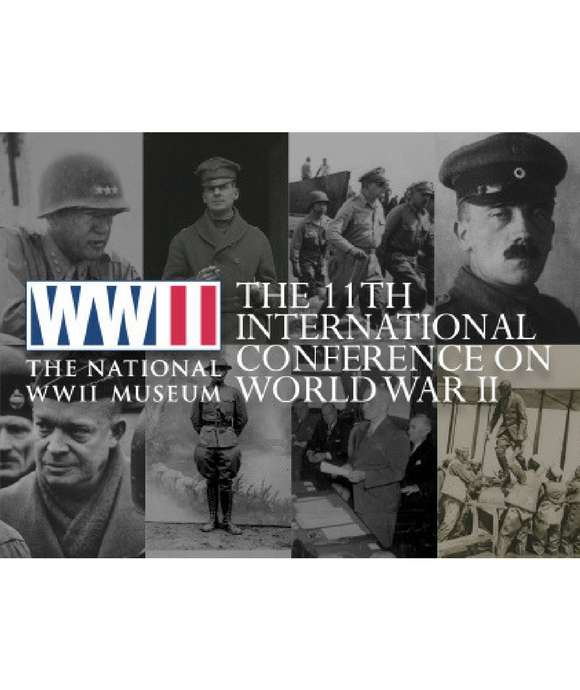
The International Conference on World War II
Rob Citino will be one of the featured speakers at this year's annual gathering of WWII scholars, students, and enthusiasts—November 29–December 1 in New Orleans.
Robert Citino, PhD
Robert Citino, PhD, is the former Samuel Zemurray Stone Senior Historian in the Jenny Craig Institute for the Study of War and Democracy.
Cite this article:
MLA Citation:
APA Citation:
Chicago Style Citation:
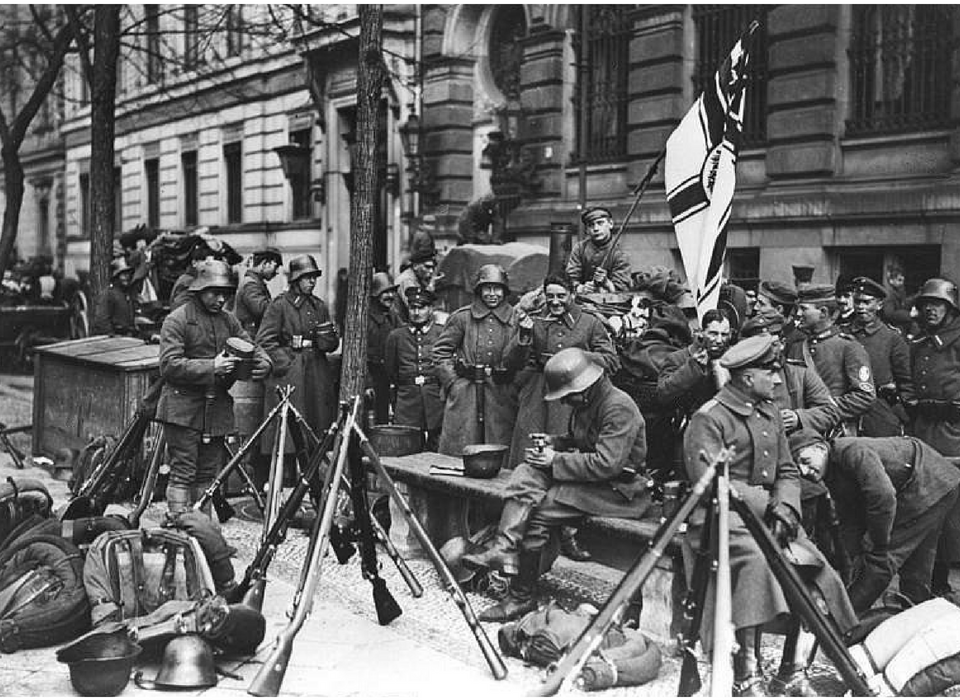
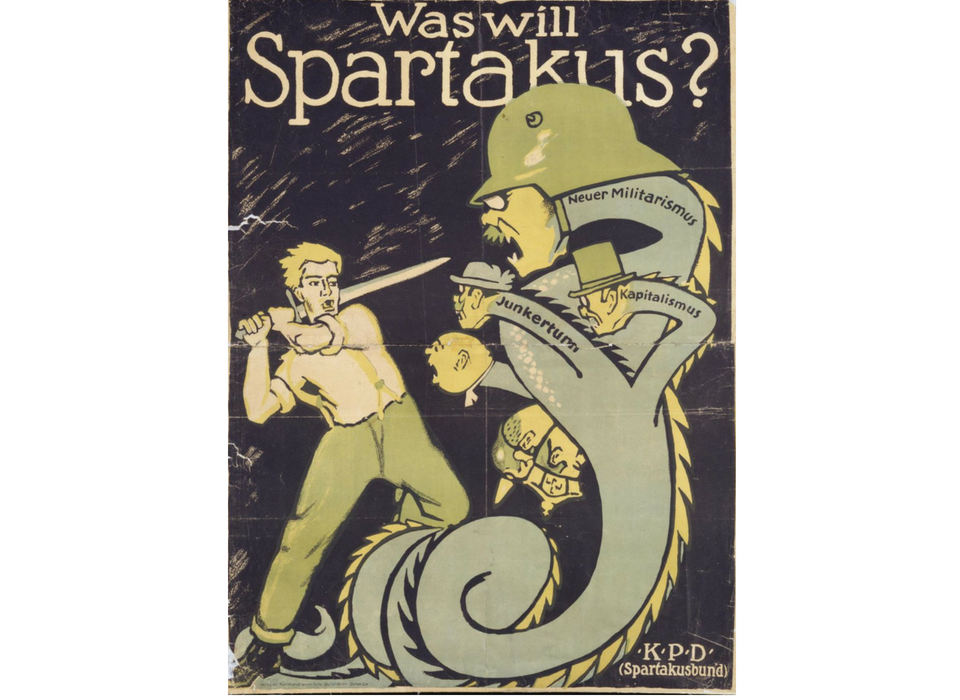
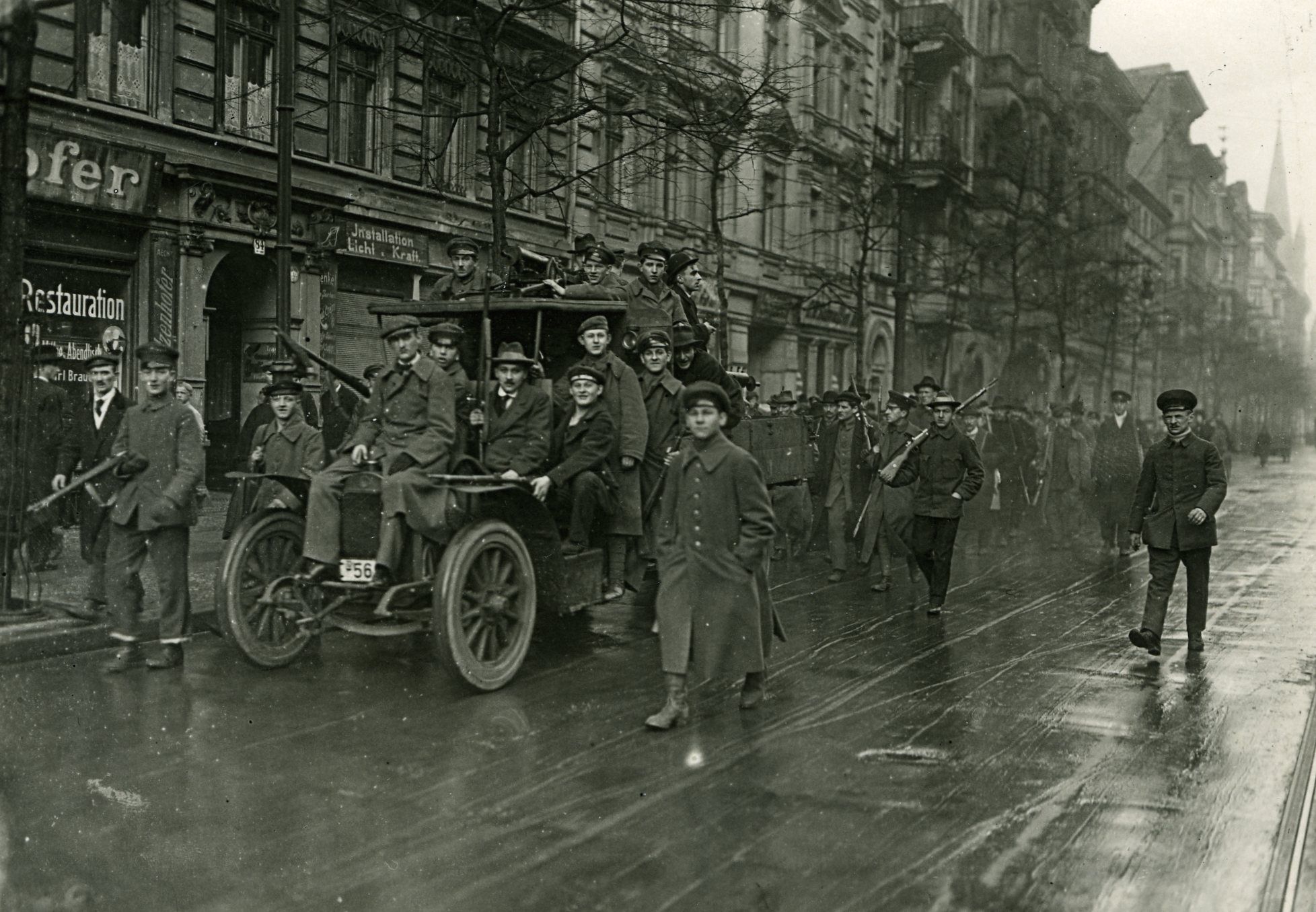
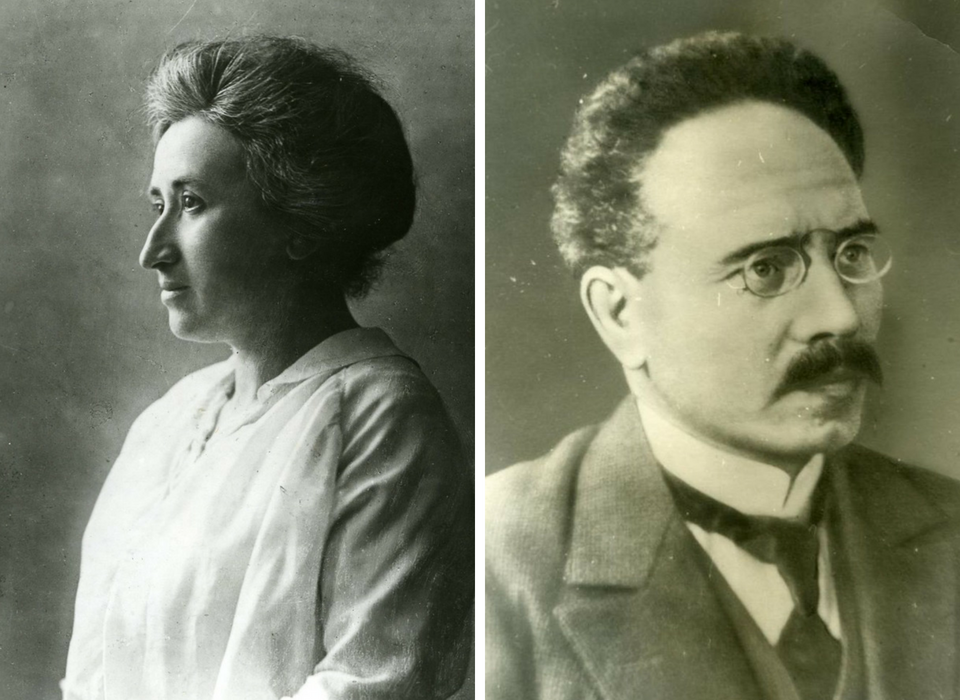
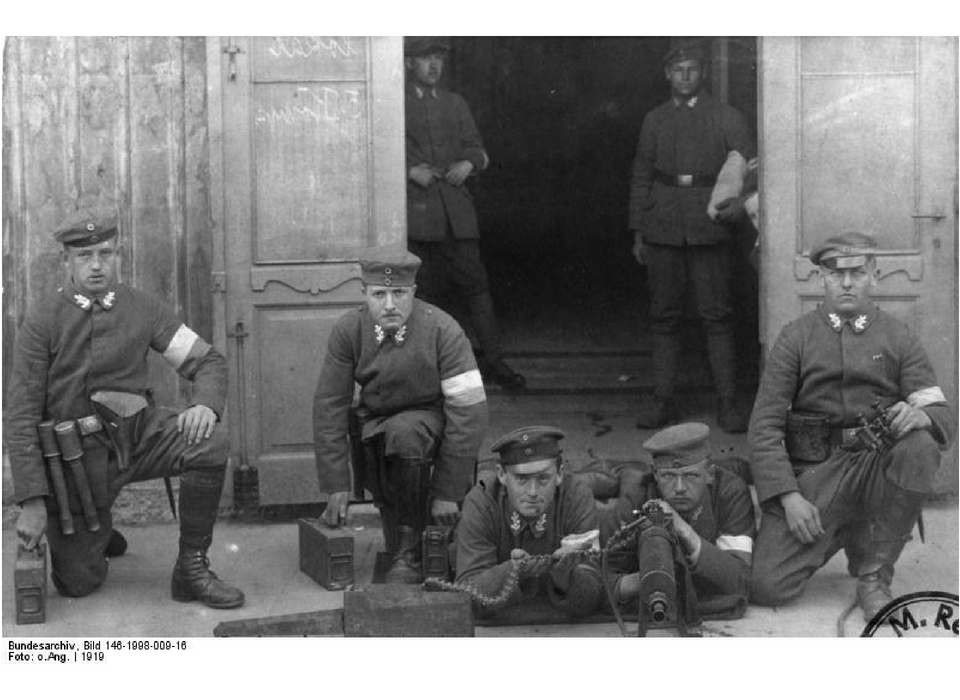
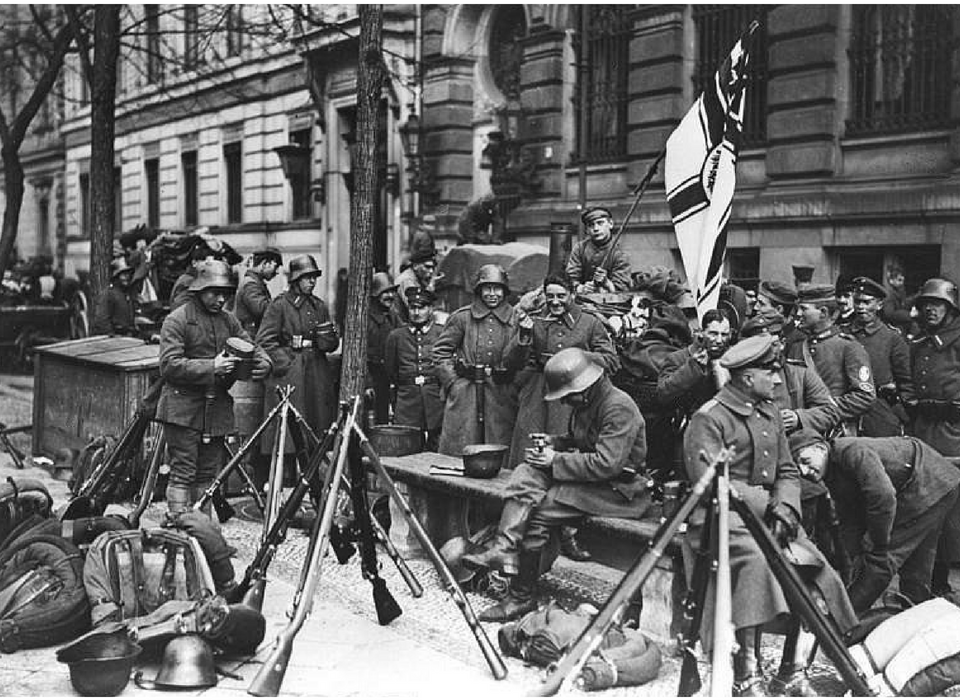
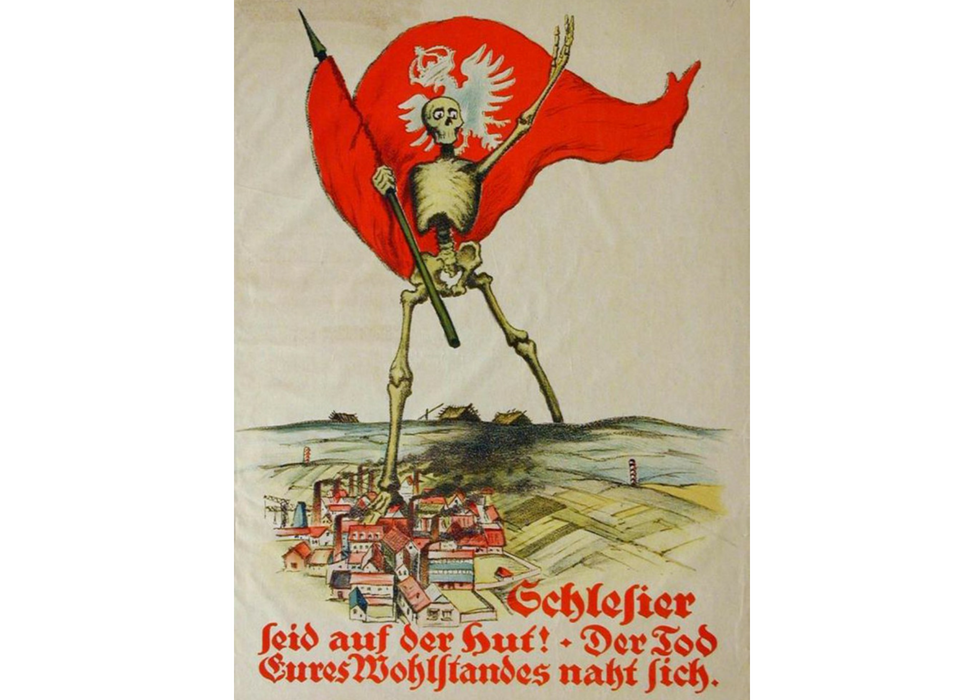
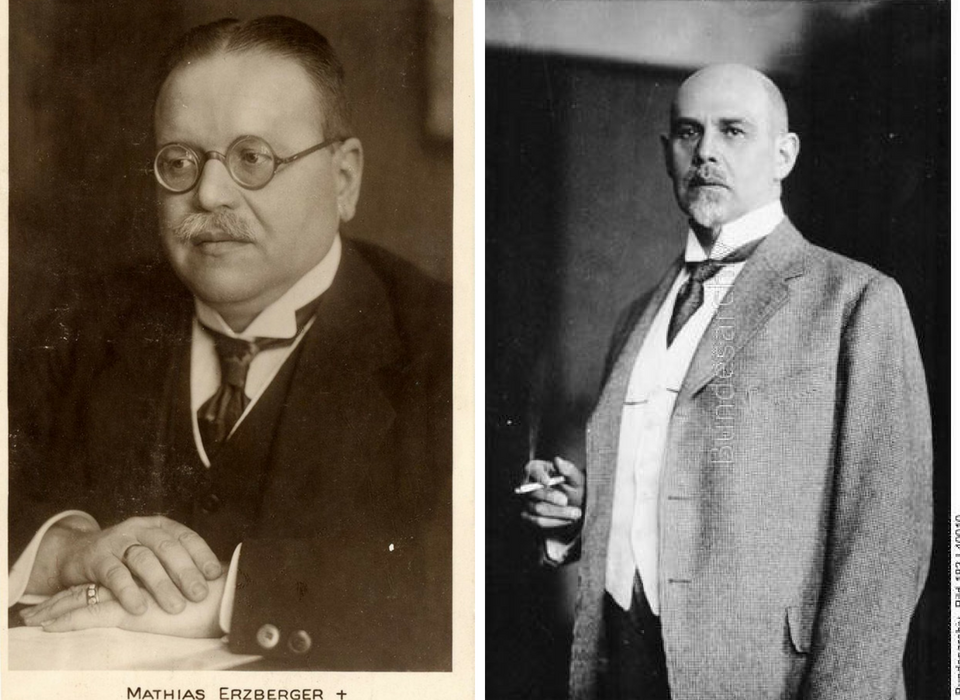
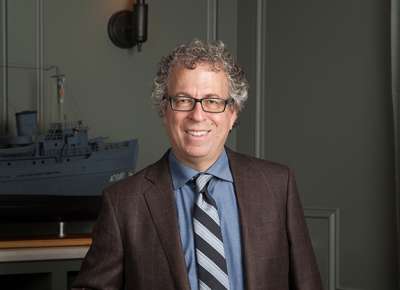



![Max Fuchs, New York City cantor, sings as Rabbi Sydney [sic] Lefkowitz, Richmond, VA, conducts the first Jewish services from Germany.](/sites/default/files/styles/max_650x650/public/2025-10/image1.jpg)



